ENVIRONMENT
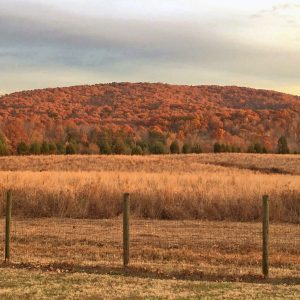
Rural by Choice: Navigating identity in the Uwharries
“A bus ticket and a bologna sandwich.” That’s a colloquial interpretation of the solution many economists suggest for addressing economic challenges in rural areas – move to a city where there’s more opportunity. While this school of thought acknowledges barriers that can make it difficult to relocate – education levels, job skills, housing costs – […]
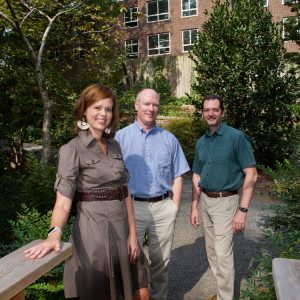
UNC Charlotte Botanical Gardens’ Historical Trail to interpret cultures
An outdoor, living exhibit on its way to the UNC Charlotte campus will tell the story of North Carolina through plants and crops crucial to the state’s development. A team representing the University’s Center for the Study of the New South, Botanical Gardens and Urban Institute received a grant from the North Carolina Humanities Council […]
Forging connections across the Carolinas – one greenway, trail and waterway at a time
Nestled off a quiet street of attractive suburban homes in Waxhaw, there’s a quarter-mile trail in the woods along the Twelve Mile Creek. Near the end of a stone stairway is a striking sight: A 160-foot suspension bridge connecting Waxhaw, North Carolina, and Indian Trail, South Carolina. You can embrace the bridge’s wobbles during the […]
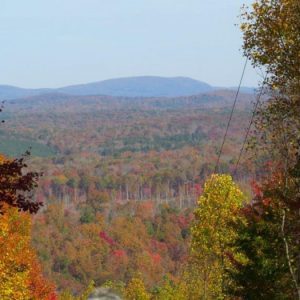
National Land Trust Rally comes to North Carolina
Thanks to a brutal early fall heat wave, much of September felt more like July. As a result, I have not spent as much time outside as I would have liked. Last Friday, however, I was able to break away and spend the morning at Morrow Mountain State Park. A friend and myself hiked the […]
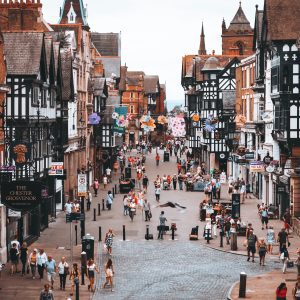
Should Charlotte make one of its major streets pedestrian-only?
Charlotte has a reputation as a car city, but many of its leaders badly want to promote more biking, walking and transit use. That’s one reason an intriguing idea kept surfacing at this week’s City Council Transportation & Planning Committee meeting: Why not take all the cars off a major street in uptown or South […]
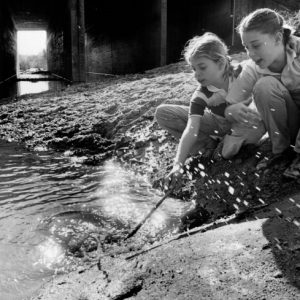
Celebrating creeks, the ‘capillaries’ of our water system
Think of an important waterway: You’re probably picturing a rushing river, a huge lake or a roaring waterfall. But what about the humble creek running through the woods near your house? That’s where most of our waterways start, and if those creeks aren’t healthy, our larger waterways won’t be healthy either. Creek Week is a […]
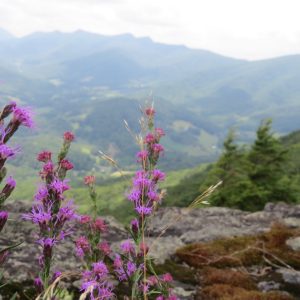
Preserving rare plants: In search of Heller’s blazing star
How do you protect a plant that grows only on rocky outcrops at high elevations in the Amphibolite Mountains of northwestern North Carolina? It takes a team.
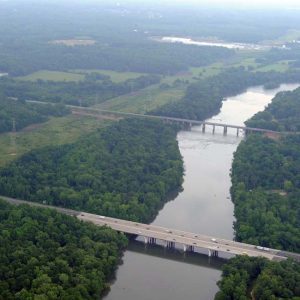
Why isn’t Charlotte built on the water?
After visiting a city with a waterfront, maybe stopping for a drink and a bite to eat along whichever river or ocean it’s built along, I’m usually left with one overriding thought: “Wow, Charlotte could really use some of this.” Water plays a prominent role in the design and history of most cities, whether it be a river, bay or ocean. And Charlotte’s skyline and downtown sit tantalizingly close-but-yet-so-far from a major river and lake system. So, the question looms: Why isn’t Charlotte built on the water?
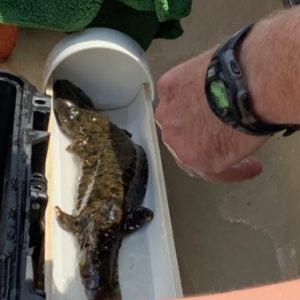
Hellbenders offer a window into water’s health
Hellbenders – a species of large salamander with an evocative name – can tell us something about the health of a river. Macroinvertebrates are good indicators of water health across the state. Insects, crustaceans, molluscs, and arachnids can all tolerate water quality in different degrees. Mayflies, caddisflies, stoneflies, hellgrammites are all highly sensitive to pollution. Their presence anywhere indicates good water quality. Dragonflies, damselflies, crayfish and clams are somewhat tolerant of pollution. Black fly larvae, lunged snails, and leeches are all pollution-tolerant.
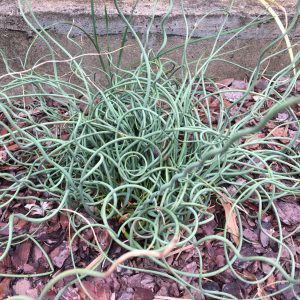
Rushes can restore some ecosystems – and beautify your backyard
“I call rushes the final frontier,” says Paula Gross, former associate director of the UNC Charlotte Botanical Gardens. “That’s because I know so little about them myself!” A 19th century botanist described the genus as “obscure and uninviting,” she notes. As with so many other plants, my interest in rushes lies at the intersection of […]